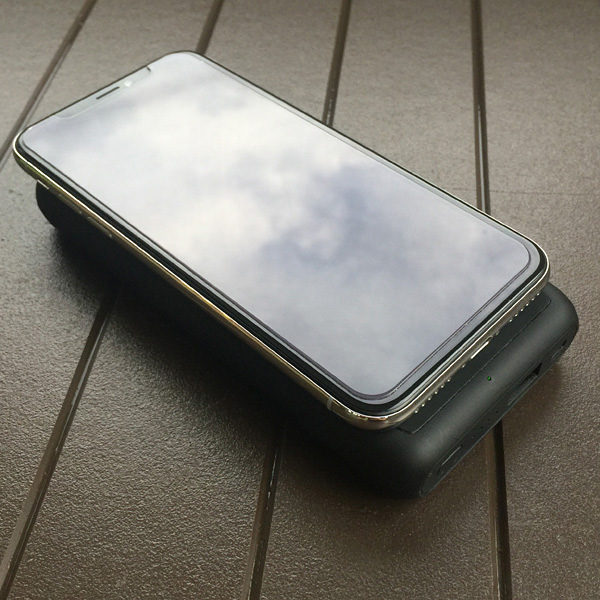
REVIEW – Each photographer has his or her own type of photography that is special to them. I like to photograph subjects in nature, and I also like to use existing objects to create my scenes. Water drop photography is a favorite of mine, and this device promises to greatly help me to expand my creativity.
What is it?
The MIOPS Smart is a device that responds to Lightning, Sound, Laser, Timelapse, HDR and more to trigger the shutter of a camera to take a picture.
What’s in the box
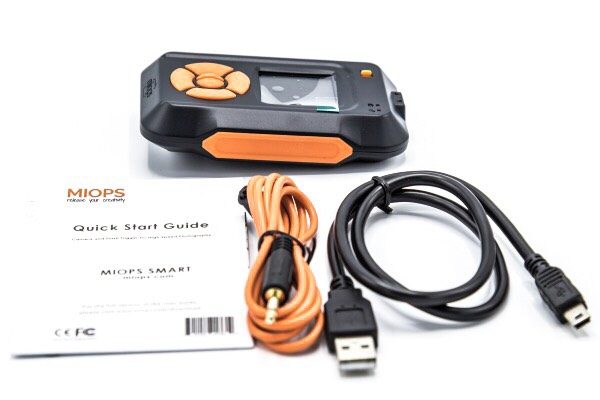
1 x MIOPS Smart
1 x Mini USB Cable
1 x Camera Trigger cable
1 x Quick Start Guide
Design and features
The MIOPS Smart is a small and nicely built camera shutter trigger that can be activated in several modes. On the front there is a display screen and buttons to navigate the screens should you choose to do so from the device. On the side under a removable cover, there is a port for extension DIY projects, a flash trigger port, a camera trigger port, and a mini USB port for charging the battery.
On the top, in addition to the control buttons and the display screen, there is the trigger LED, the power LED and the on/off power button.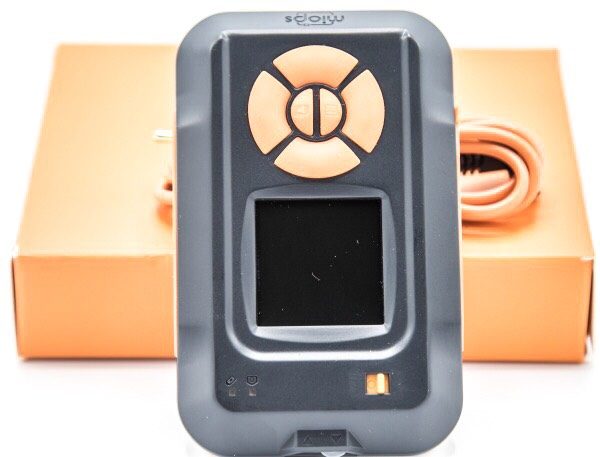
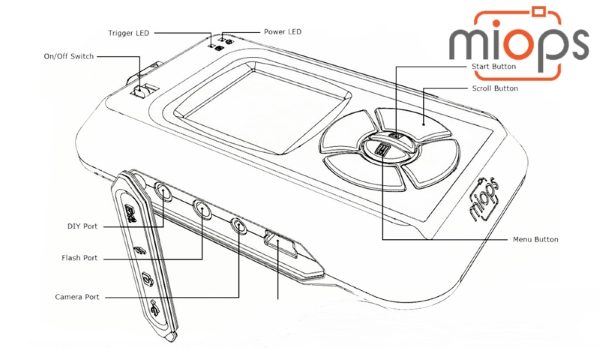
On the front (side), there are an infrared sensor and a motion sensor lens.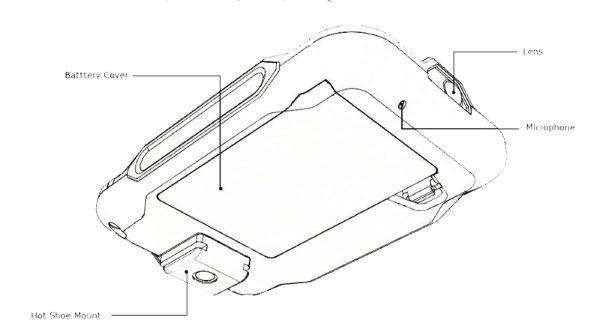
On the back of the MIOPS Smart, there is a 1/4-20mm female mount that sits on a Hot Shoe mount, the microphone and a battery door that covers the slot that holds the rechargeable battery.
Performance
While you can control the MIOPS Smart via the buttons on the device, the optimal way to use it is via the app. It has several operational modes and setup screens that are available via the app.
App
Once you install the app and launch it, and turn on the MIOPS Smart, it appears on the app. If you have more than one MIOPS device turned on, they will all show up as available for selection.

Once you select the MIOPS Smart by touching the icon on the screen, it connects to the app and is ready to be controlled via the app. At this stage, all of the available modes and options are available on the left of the screen. (I used the app on my Pad for this demonstration)
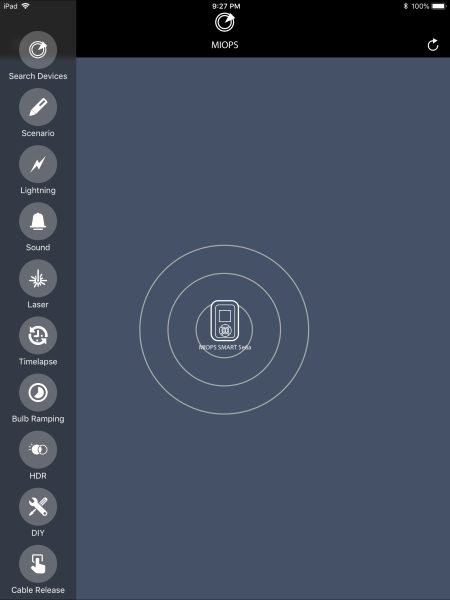
Scenario option:
For example, you can create custom scenarios by combining all available modes with up to five different steps. You can do so by using any combination of the sensors or by using different sensors for various steps of your scenario. For instance, you may want the MIOPS to trigger the camera shutter to take a picture after an object breaks the laser beam and then makes a sound either from hitting a surface or by some other action.

Lightning option:
This option has one screen which gives you the ability to set the sensitivity level to trigger the device.
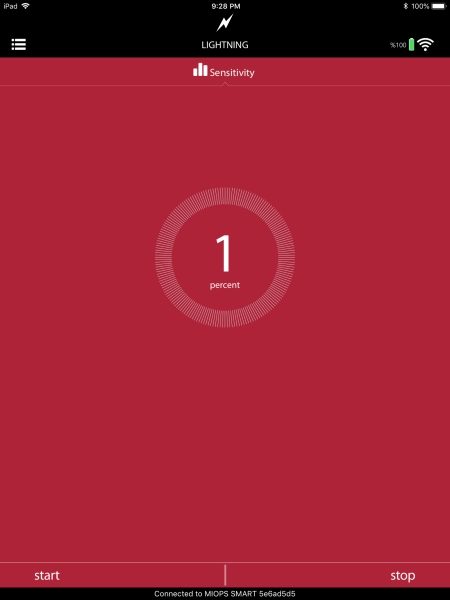
Sound option:
Settings for Sensitivity, Delay, and Lock.
Laser option:
Threshold, Delay and Frame settings screens.
Time Lapse option:
Settings for Interval, Exposure, and Limit
Bulb Ramping option:
There are 4 settings screens for this option: Interval; First Exposure; Last Exposure; Frame.
HDR option:
Settings screens are for: Center; EV (+-); Frame.
DIY option:
Settings screens: Threshold; Delay; Mode.
Cable Release option:

For my testing of the MIOPS Smart, I chose the sound option. I set up for water drop photography using the MIOPS Splash Water Drop Kit and the MIOPS Smart, within a photography lightbox enclosure. (Additional items like a catch basin for the water, etc are necessary)

The enclosure that I used does not have any built-in lighting. To light the effect, I used a flash strobe with a colored gel insert. To take the pictures, I used a Canon EOS 7D Mark II with a 70mm Sigma Art Macro Lens. The MIOPS Smart was connected to the 3-pin trigger port on the Canon and mounted close to the MIOPS Splash. A flash trigger transmitter was attached to the shoe on top of the camera, and a receiver was connected to the strobe. I used 2 iPhones to simultaneously control the MIOPS Splash app and the MIOPS Smart app. When I trigger the MIOPS Splash device to drop water, the mechanism makes a sound that in turn triggers the MIOPS Splash to trigger the camera shutter. This setup takes time and a whole lot of patience to get the size and timing of the waterdrops as desired, as well as to get the sensitivity and timing correct for the MIOPS Splash to receive the sound and trigger the camera to take the picture at the right time. This setup is actually one of my less complicated setups and describing the details of it is challenging.
The MIOPS Smart is a great device, and I do plan to try it with a laser beam for the laser option, as well as with lightning when a safe and convenient opportunity presents itself. The following are 2 pictures of water drops that were taken as a part of the testing:
What I like
I like the build quality and the functionality of this device. So far it has worked flawlessly and has allowed me to increase my photography creativity.
What can be improved
1: Longer camera trigger cables must be made available
2: Include a tested laser that works with the device. (They are quite inexpensive but all may not work with this device)
Final thoughts
The MIOPS Smart is a great camera trigger device that is nicely built, and that offers endless opportunities for creative photography. I am thoroughly enjoying using it, and every day I am designing more elaborate photo opportunities. As long as it continues to function well, it is well worth it.
Price: $219
Where to buy: MIOPS Website or Amazon
Source: The sample for this review was provided by MIOPS.
Filed in categories: Reviews
Tagged: Camera gear, Photography
MIOPS Smart controllable camera and flash trigger review originally appeared on The Gadgeteer on July 24, 2018 at 1:00 pm.
Note: If you are subscribed to this feed through FeedBurner, please switch to our native feed URL http://the-gadgeteer.com/feed/ in order to ensure continuous delivery.

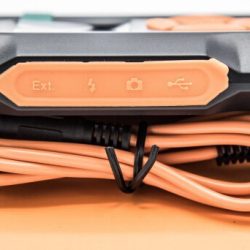
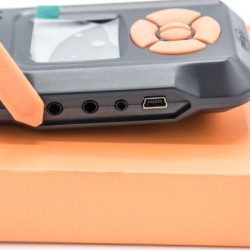
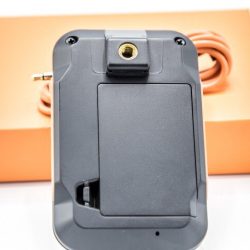
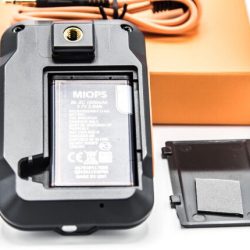























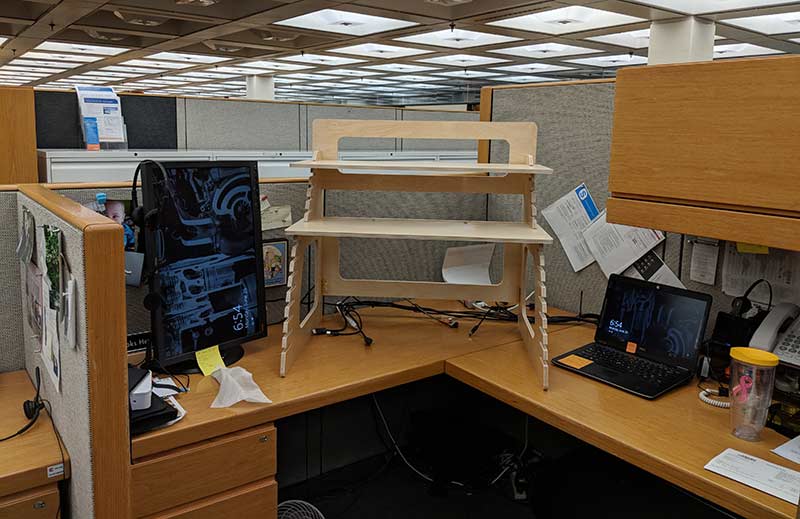
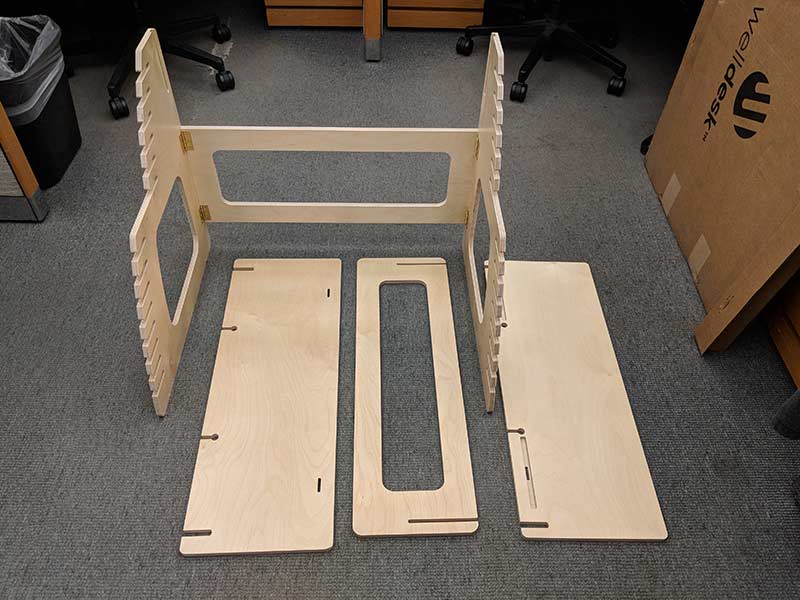
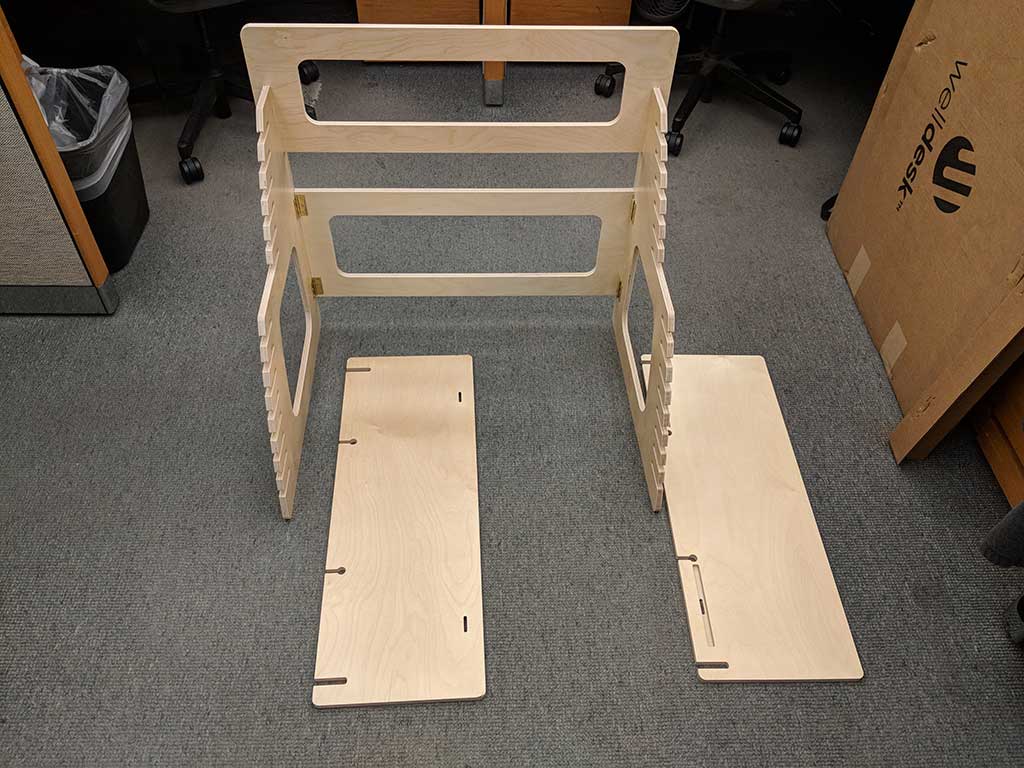
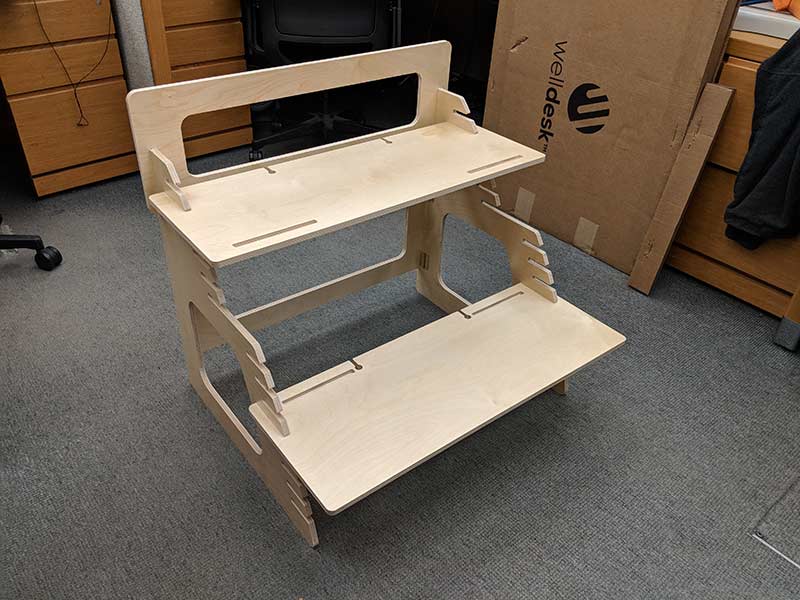
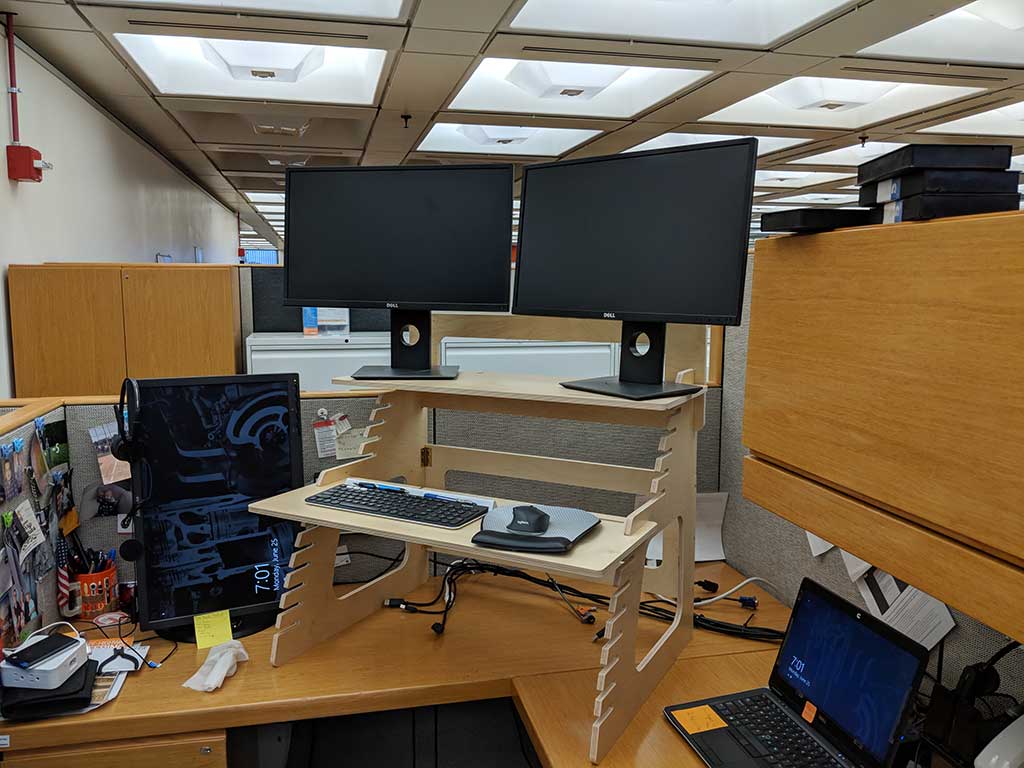
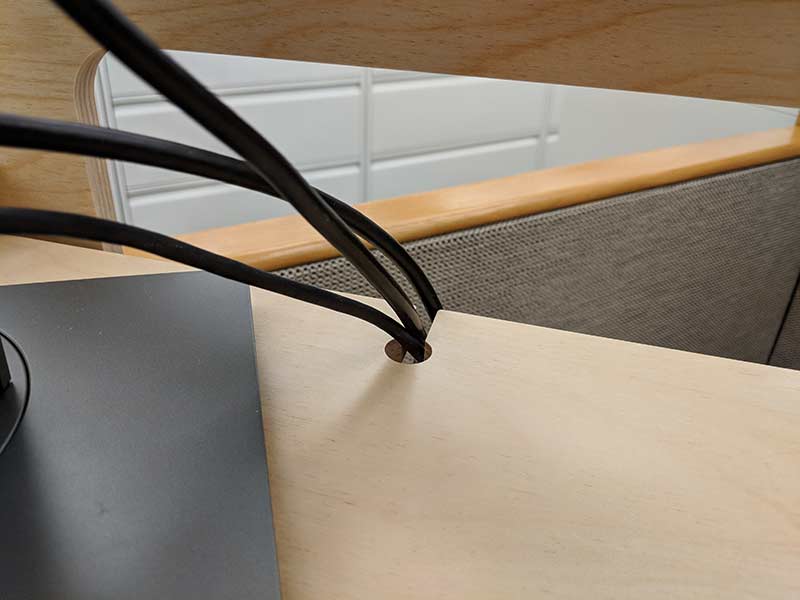
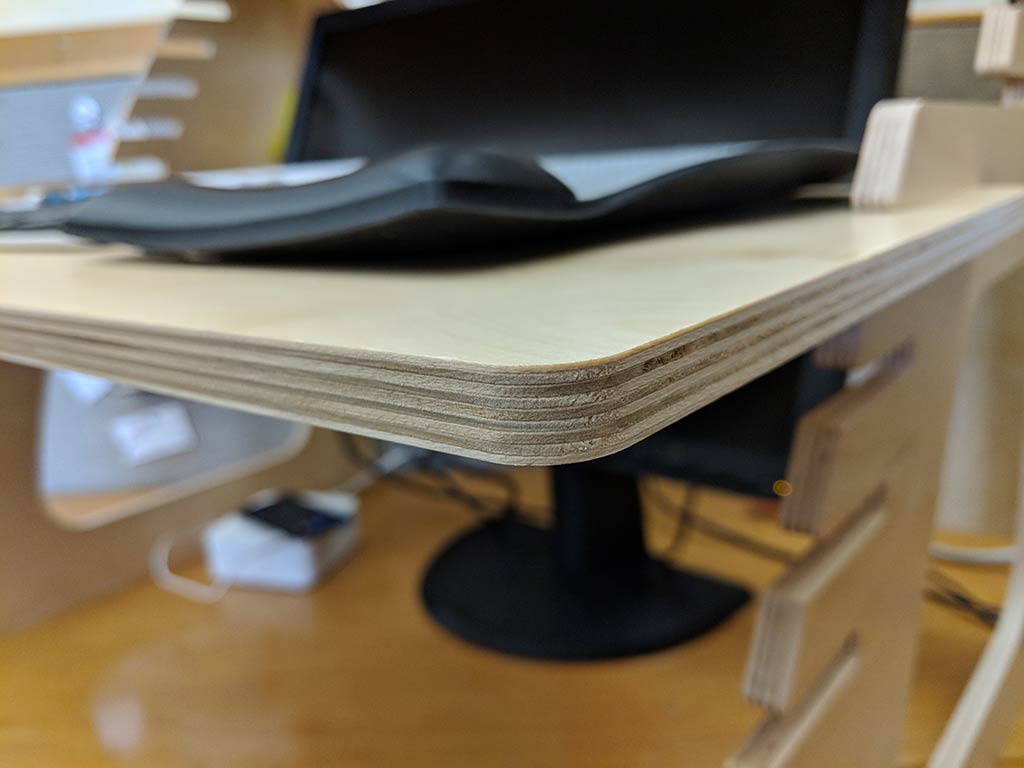
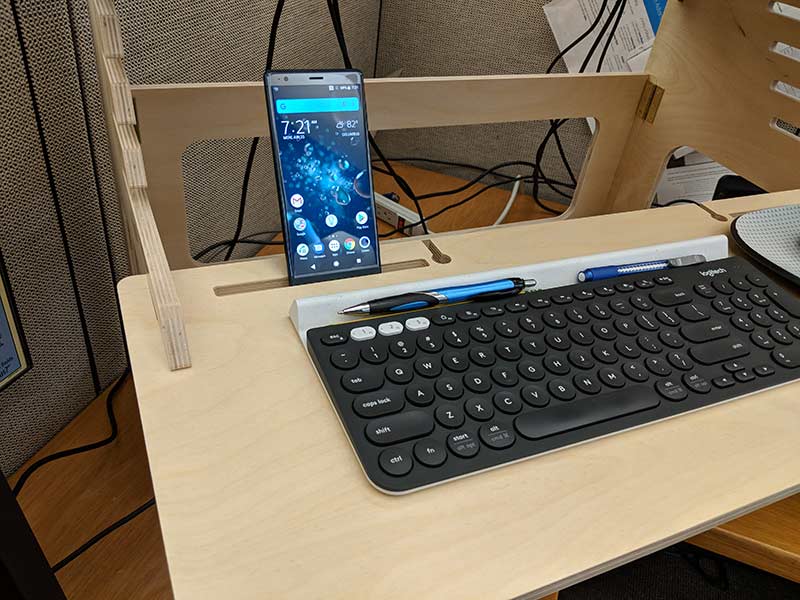


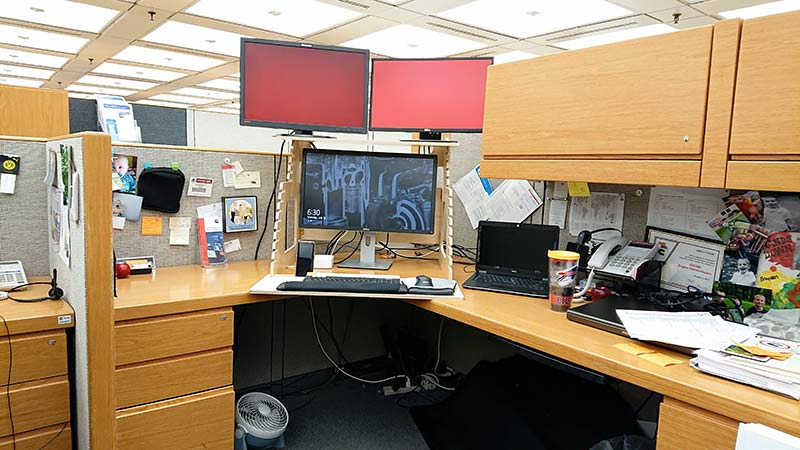
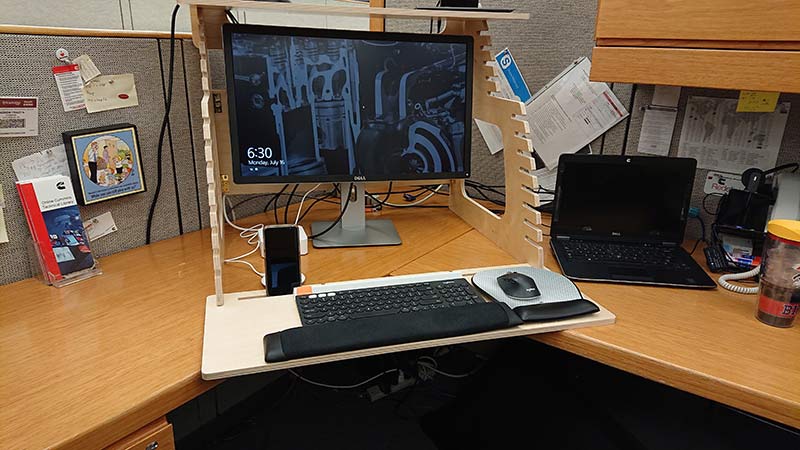

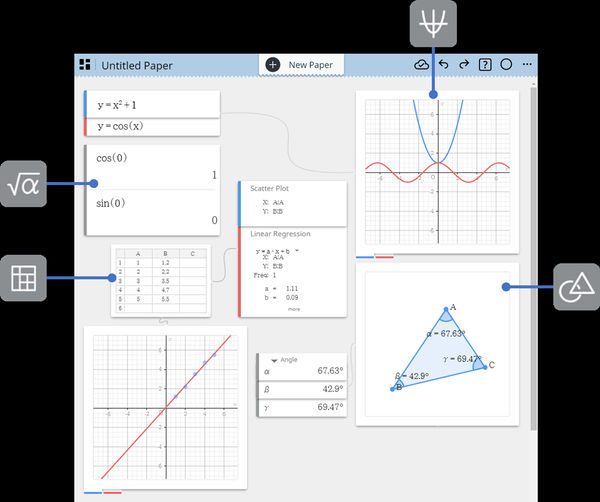
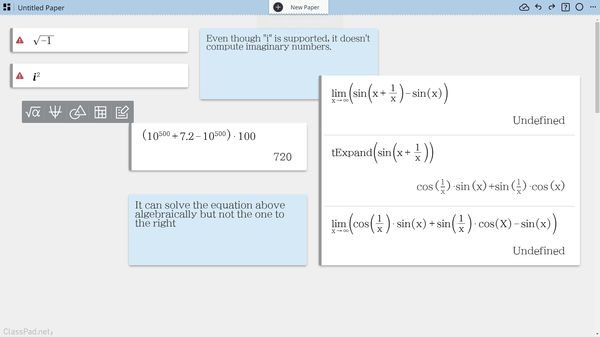
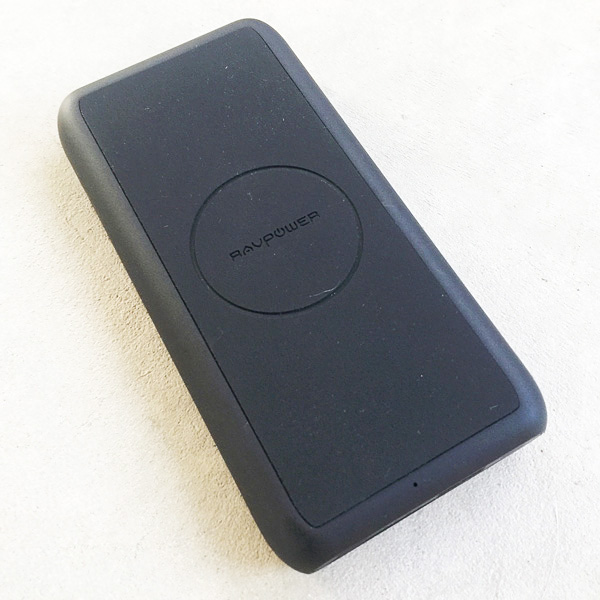
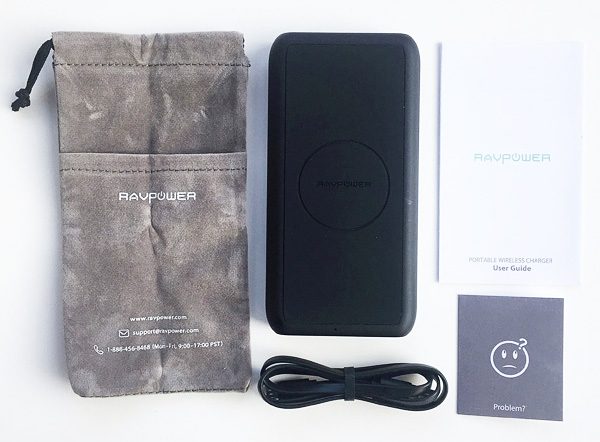
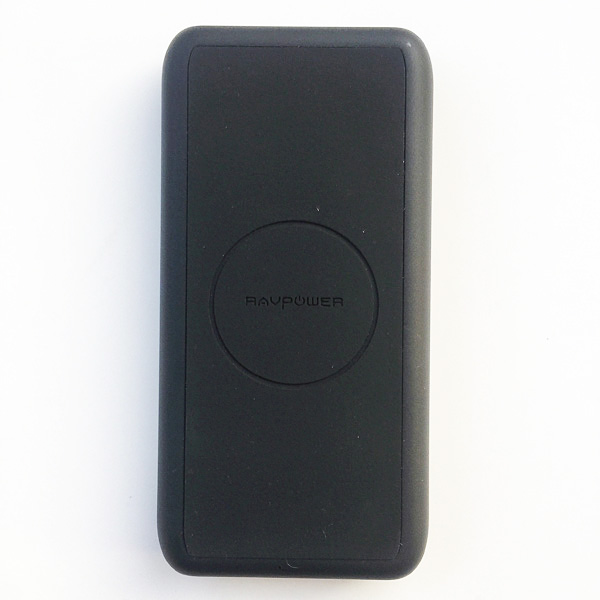 First impressions: Compact size and shape, especially for a battery pack that has a 10,000 mAh capacity and can perform both wireless and wired charging. The circle on the top dead center of the charger, seen in the image above, is the spot where wireless charging capable phones need to be placed. More on this below.
First impressions: Compact size and shape, especially for a battery pack that has a 10,000 mAh capacity and can perform both wireless and wired charging. The circle on the top dead center of the charger, seen in the image above, is the spot where wireless charging capable phones need to be placed. More on this below.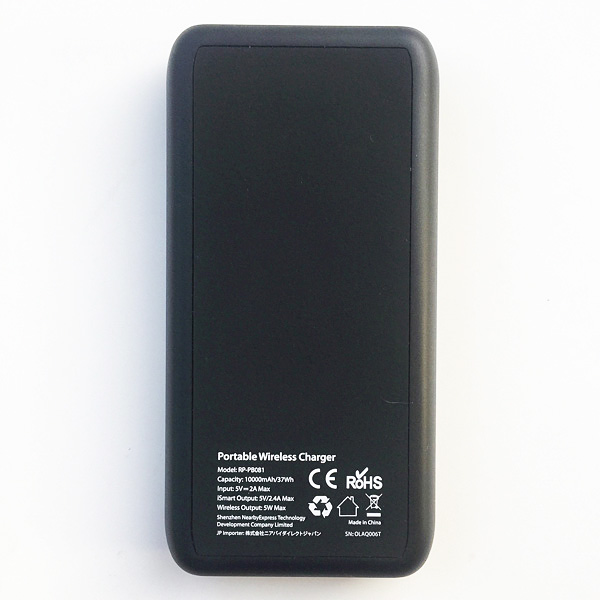 I also like the slightly tacky, matte black look and feel, which looks cool and helps with gripping the device.
I also like the slightly tacky, matte black look and feel, which looks cool and helps with gripping the device.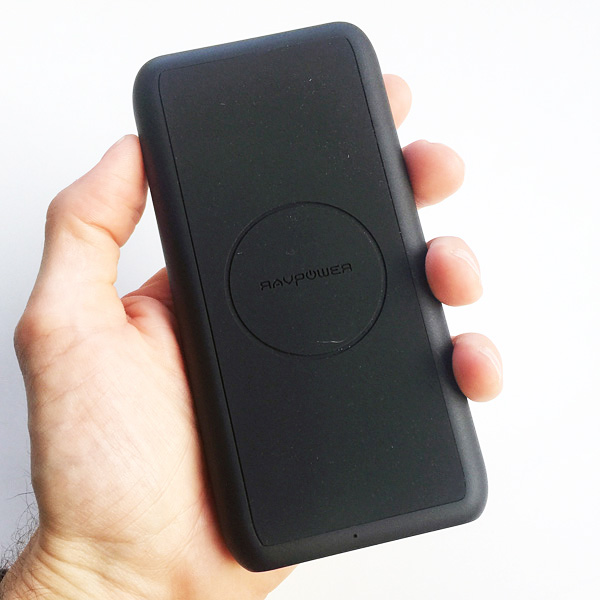

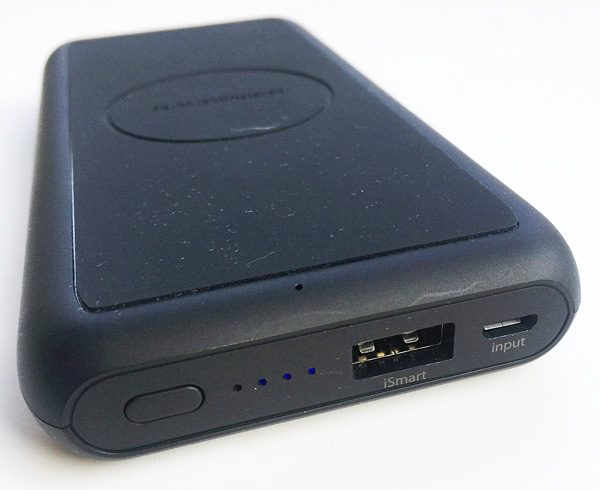
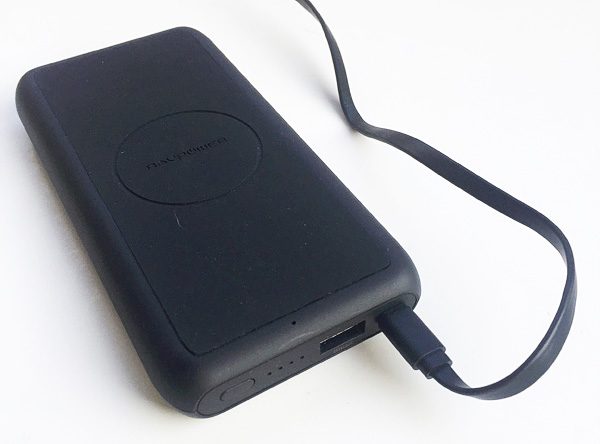 The next thing I did was plug the charger into a wall outlet to top it off to its full battery charge, as shown above. RAVPower recommends that a 2.4 Amp AC wall charger be used to most quickly charge this device.
The next thing I did was plug the charger into a wall outlet to top it off to its full battery charge, as shown above. RAVPower recommends that a 2.4 Amp AC wall charger be used to most quickly charge this device.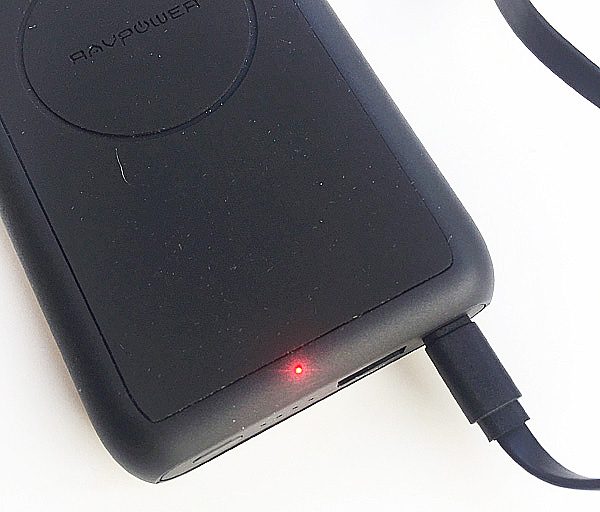 Upon plugging the charger into a 2.4A AC wall charger, a tiny red LED near the end of the charger lit up. This indicated that the device itself was being charged via its input port, and turned off after 15 seconds.
Upon plugging the charger into a 2.4A AC wall charger, a tiny red LED near the end of the charger lit up. This indicated that the device itself was being charged via its input port, and turned off after 15 seconds.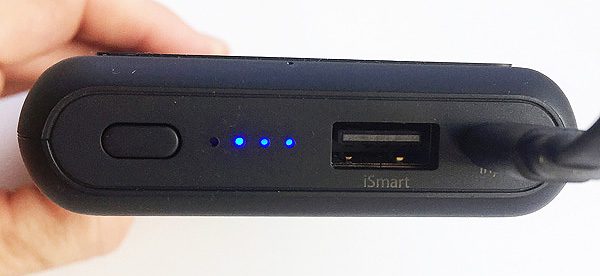
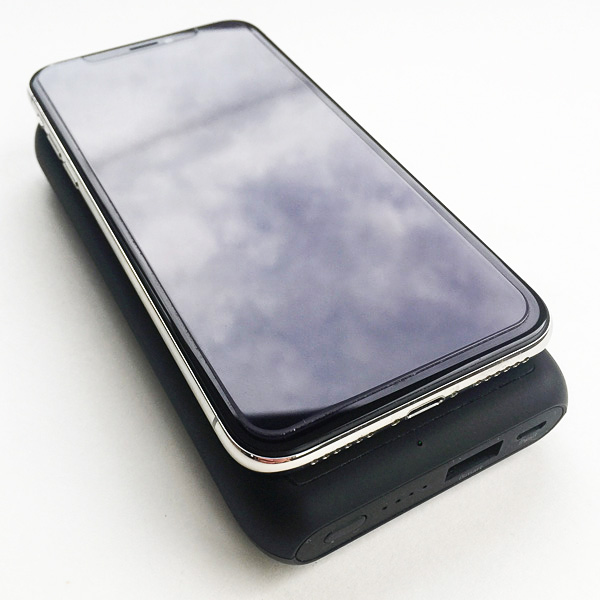
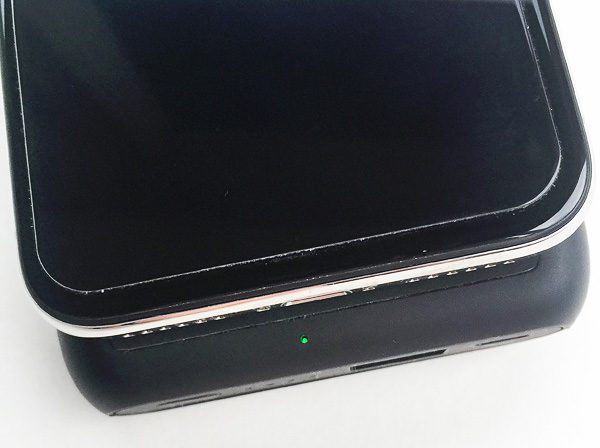

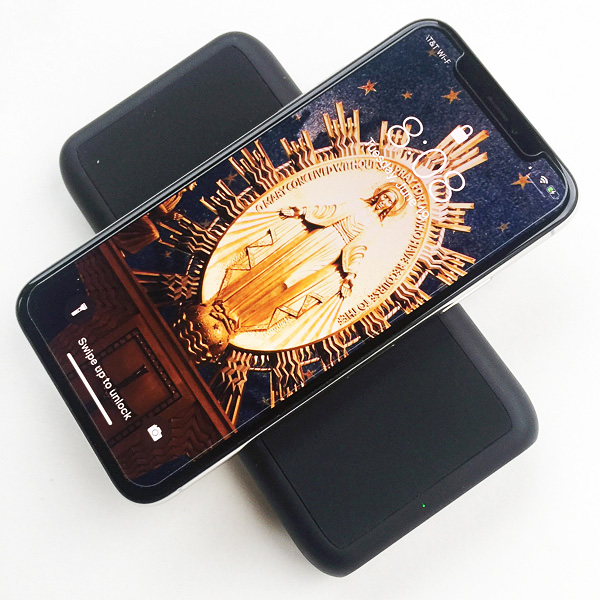
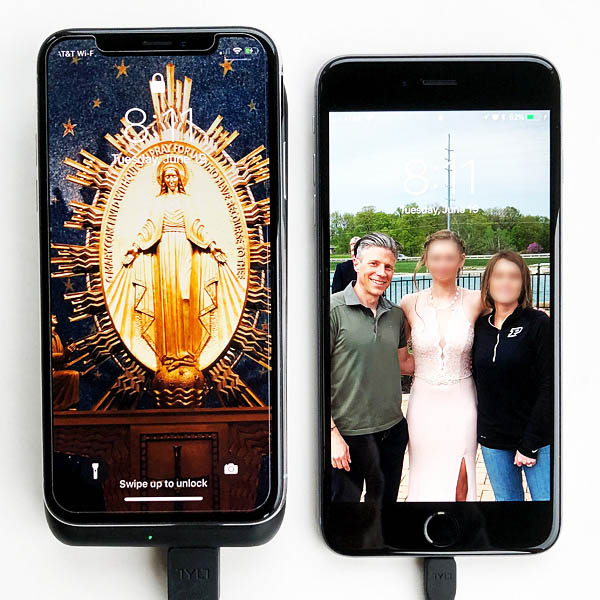 In addition to the wireless charging, I also evaluated the charger’s ability to charge two devices simultaneously. In the image above, I have my wife’s iPhone X charging wirelessly atop the charger on the left, and my iPhone 6 Plus charging via cable connection on the right. The USB output wired charging connection is
In addition to the wireless charging, I also evaluated the charger’s ability to charge two devices simultaneously. In the image above, I have my wife’s iPhone X charging wirelessly atop the charger on the left, and my iPhone 6 Plus charging via cable connection on the right. The USB output wired charging connection is 